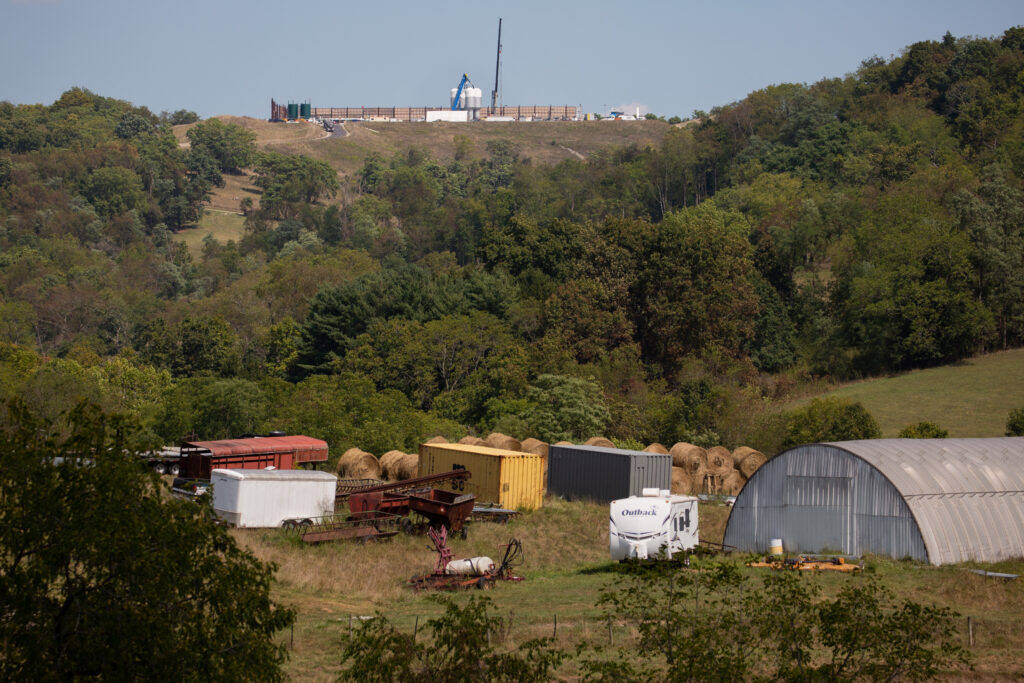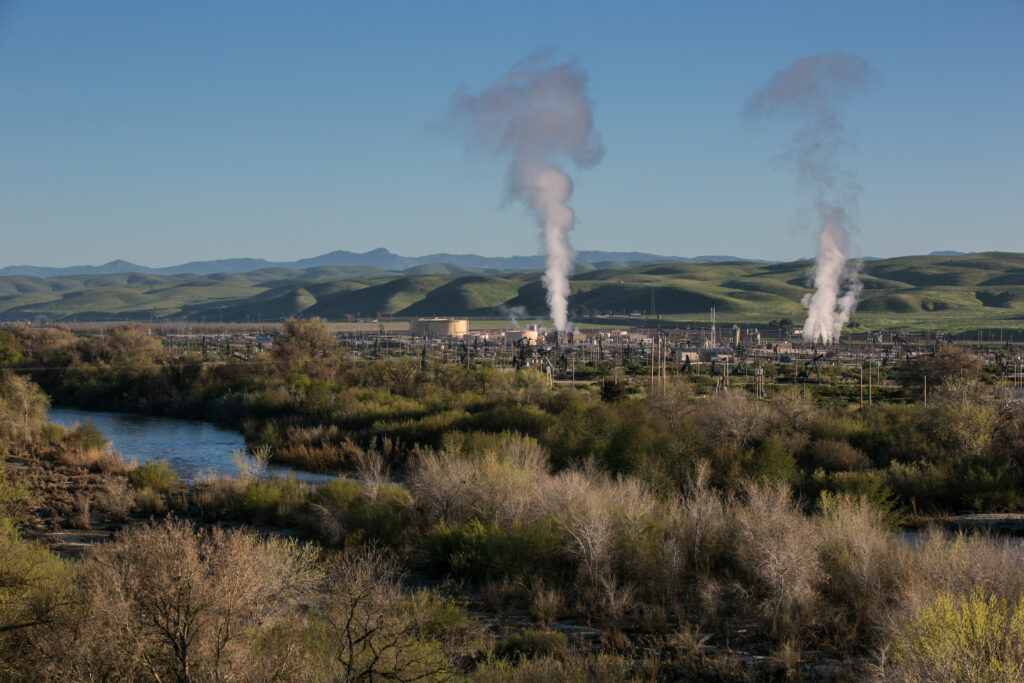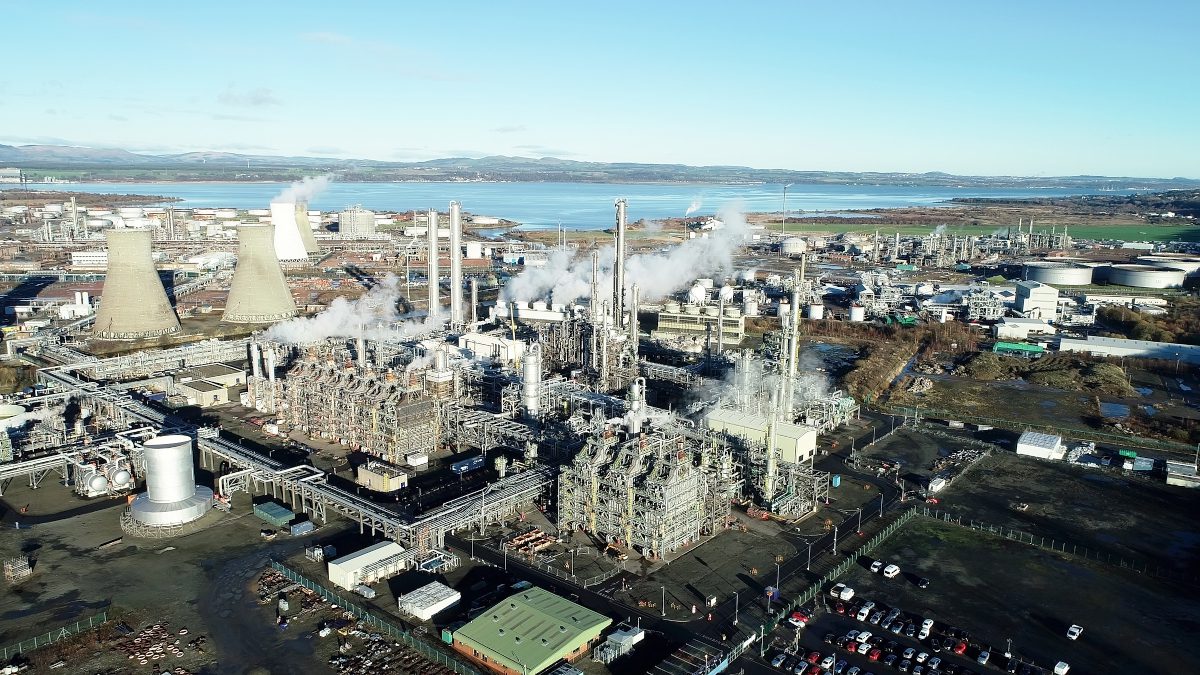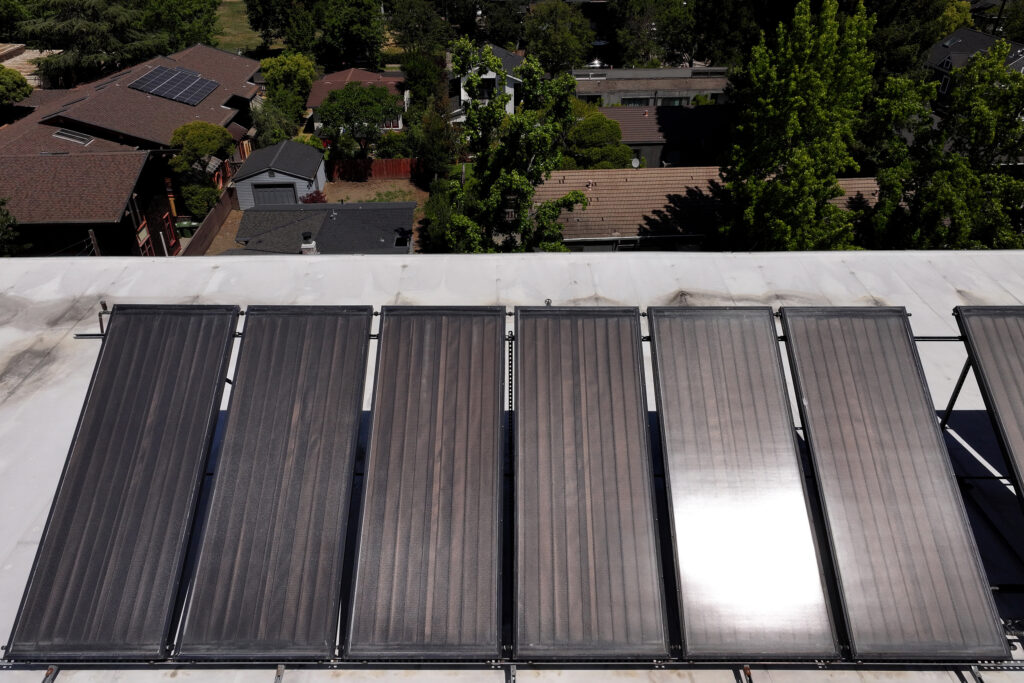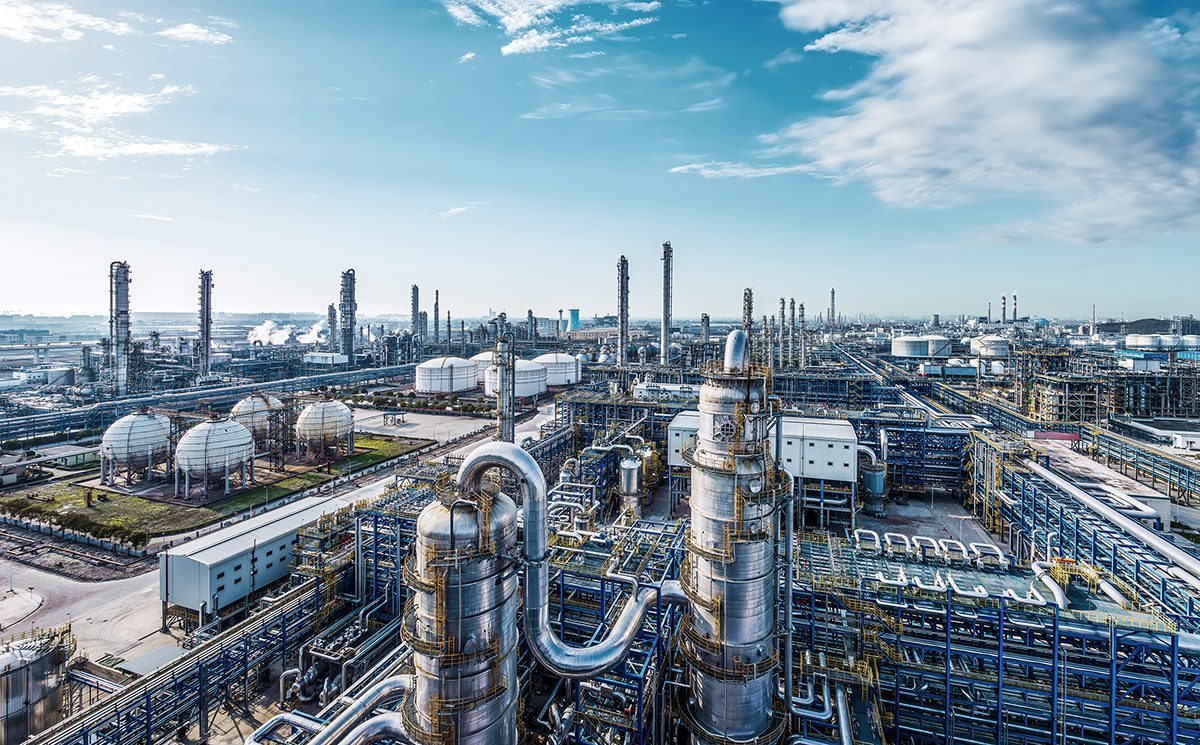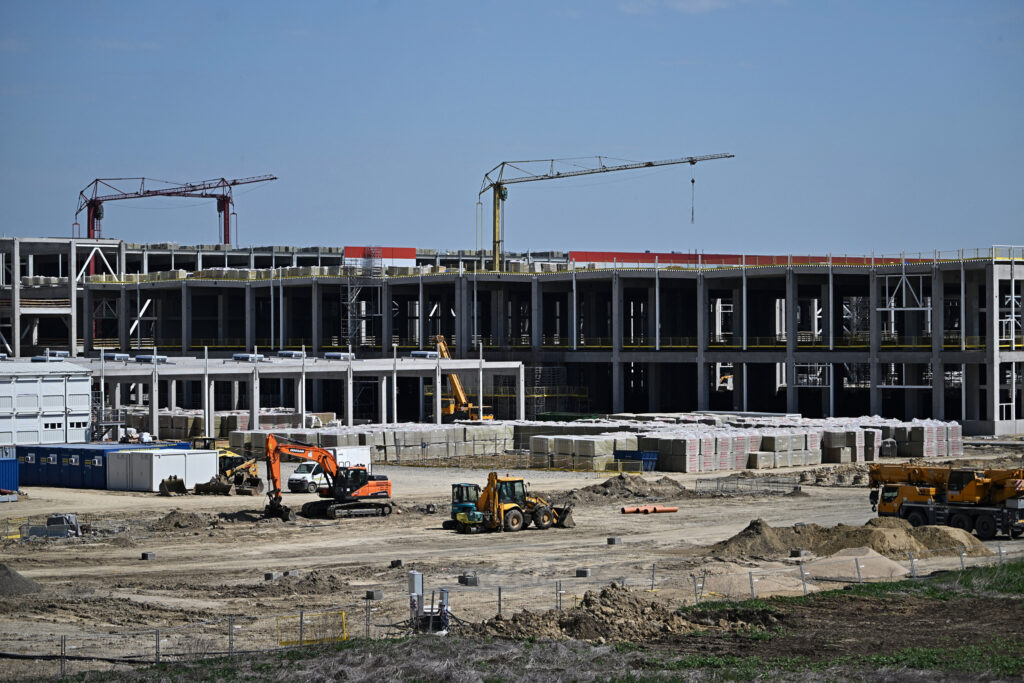China’s overseas investments in renewable energy sources have overtaken fossil fuels for the first time since Beijing began backing foreign power projects in the early 2000s.
The shift—which has international ripple effects on everything from climate change to geopolitics—highlights China’s growing dominance in renewable energy technologies and the critical mineral and metal supply chains that support them.
Historically, China’s state-backed Belt and Road Initiative and its predecessor program had been dominated by coal power plants. But from 2022 to 2023, 68 percent of China’s investments in overseas power went to solar and wind projects, according to a new analysis from Boston University’s Global Development Policy Center.
Only 13 percent of China’s overseas power investments went to solar and wind from 2000 to 2021.
China’s state-backed overseas investment program has poured hundreds of billions of dollars into infrastructure and energy projects in Latin America, Africa, Southeast Asia and elsewhere. Its overseas wind and solar investments have largely been in countries in Asia and the Americas, with only 4 percent flowing to African countries, according to Diego Morro, a co-author of the analysis and data scientist at Boston University.
The analysis says China has stuck to its 2021 pledge not to finance new overseas coal power plants, though there is no indication that coal power investments in the works as of 2021 will be jettisoned. Those investments “are still coming online and will emit carbon dioxide for decades going forward,” the researchers said.
If those planned coal power plants are completed, they will emit roughly the same amount of carbon emissions annually as the country of Austria, according to the analysis.
The swing toward financing renewable power in China’s overseas portfolio is also tempered by the fact that overall Chinese foreign direct investment is down from its peak in 2016.
“This shift does not represent a significant ramp-up in renewables, as the scale of financing remains relatively small,” the researchers said. Only 3 gigawatts of solar and wind capacity were funded between 2022 and 2023. By comparison, China’s annual overseas power investments from 2013 to 2019 averaged a capacity of 16 gigawatts.
While coal power dominated those earlier investments, hydropower and gas projects came in second and third.
The analysis drew on the Global Development Policy Center’s database that tracks Chinese state funding through its development finance institutions and other government-directed channels into global power plants outside of China. It does not account for private Chinese overseas investment or for so-called captive coal projects, which aren’t connected to the electric grid because they are built specifically to power industrial projects like mines or steel mills.
Domestically, China continues to lead the world with new coal plant development. Last year, construction started on 94 gigawatts of coal-fired capacity in China, compared to 7.4 gigawatts in the rest of the world combined, according to Global Energy Monitor.

Chinese President Xi Jinping announced the Belt and Road Initiative in 2013. The program is a continuation of China’s “going out” policy from the early 2000s, and has more recently been called China’s Global Development Initiative.
While the programs have given Beijing unprecedented geopolitical sway over more than 150 countries around the world, they have drawn fierce criticism for environmental and human rights harms linked to the ports, mines, railways, highways and other projects financed and built by Chinese firms.
Environmentalists have also criticized China, the world’s current largest emitter of greenhouse gases at home, for funding dozens of coal power plants in developing countries—effectively locking those countries into carbon-intensive forms of power for decades to come. In 2023, Chinese-funded power plants overseas spewed about as much carbon pollution as the country of Malaysia, according to the Boston University analysis.
Beijing and its allies have argued that these investments have brought energy access and economic growth to some of the world’s poorest populations, people who have contributed very little to global warming.
This story is funded by readers like you.
Our nonprofit newsroom provides award-winning climate coverage free of charge and advertising. We rely on donations from readers like you to keep going. Please donate now to support our work.
Donate Now
Still, the criticisms prompted Xi to pledge in 2021 that China would stop financing and building new coal power plants overseas. The new Boston University analysis says Beijing has so far stuck to that promise in the context of state-funded projects.
China’s shift toward low-carbon overseas investments is strategic, some analysts say. With a slowing domestic economy and a surplus of solar and wind technology, Beijing is seeking new markets abroad to absorb its renewable energy exports.
“They need to export, they don’t have any choice,” said Alicia Garcia Herrero, chief economist for the Asia Pacific at the investment bank Natixis. “It is basically an economic argument.”
Morro attributes Beijing’s overall decrease in spending on investments abroad, compared to earlier Belt and Road Initiative levels, to the country’s faltering domestic economy. Following shocks from the COVID-19 pandemic, China has been grappling with a real estate crisis, widespread youth unemployment and high local government debt.
Even so, there are signs that Beijing may increase its overseas wind and solar investments, according to Morro. He pointed to China’s $51 billion commitment, made in 2024 during a China-Africa forum, to support African development and build 30 low-carbon energy projects over the next three years.
And while Chinese state finance agencies have reduced overseas spending in recent years, data released by the Chinese government shows that private companies and other state-owned corporations have picked up the slack, with record levels of new investments and construction contracts last year. That spending has also begun to trend more toward renewable energy and appears to have largely hewed to Xi’s no-coal mandate, too.
China has sought to position itself as a global leader on climate change, with Xi recently telling other world leaders at a United Nations conference that China has built “the world’s largest and fastest-growing renewable energy system as well as the largest and most complete new energy industrial chain.” He urged other governments to support the free flow of “quality green technologies and products,” especially for developing countries.
U.S. President Donald Trump has taken a starkly different approach to both climate change and foreign relations. Since returning to office in 2025, Trump has ordered the U.S. government to pull out of the Paris Agreement, has emphasized new fossil fuel production and has sharply slashed U.S. foreign aid.
The Trump administration has, however, pursued U.S. investments in critical minerals and infrastructure abroad through the International Development Finance Corp., an agency launched in 2019 under the first Trump administration. The agency was created with bipartisan support by combining portions of the U.S. Agency for International Development and other governmental offices and is largely seen as the U.S. government’s response to the Belt and Road Initiative.
About This Story
Perhaps you noticed: This story, like all the news we publish, is free to read. That’s because Inside Climate News is a 501c3 nonprofit organization. We do not charge a subscription fee, lock our news behind a paywall, or clutter our website with ads. We make our news on climate and the environment freely available to you and anyone who wants it.
That’s not all. We also share our news for free with scores of other media organizations around the country. Many of them can’t afford to do environmental journalism of their own. We’ve built bureaus from coast to coast to report local stories, collaborate with local newsrooms and co-publish articles so that this vital work is shared as widely as possible.
Two of us launched ICN in 2007. Six years later we earned a Pulitzer Prize for National Reporting, and now we run the oldest and largest dedicated climate newsroom in the nation. We tell the story in all its complexity. We hold polluters accountable. We expose environmental injustice. We debunk misinformation. We scrutinize solutions and inspire action.
Donations from readers like you fund every aspect of what we do. If you don’t already, will you support our ongoing work, our reporting on the biggest crisis facing our planet, and help us reach even more readers in more places?
Please take a moment to make a tax-deductible donation. Every one of them makes a difference.
Thank you,






